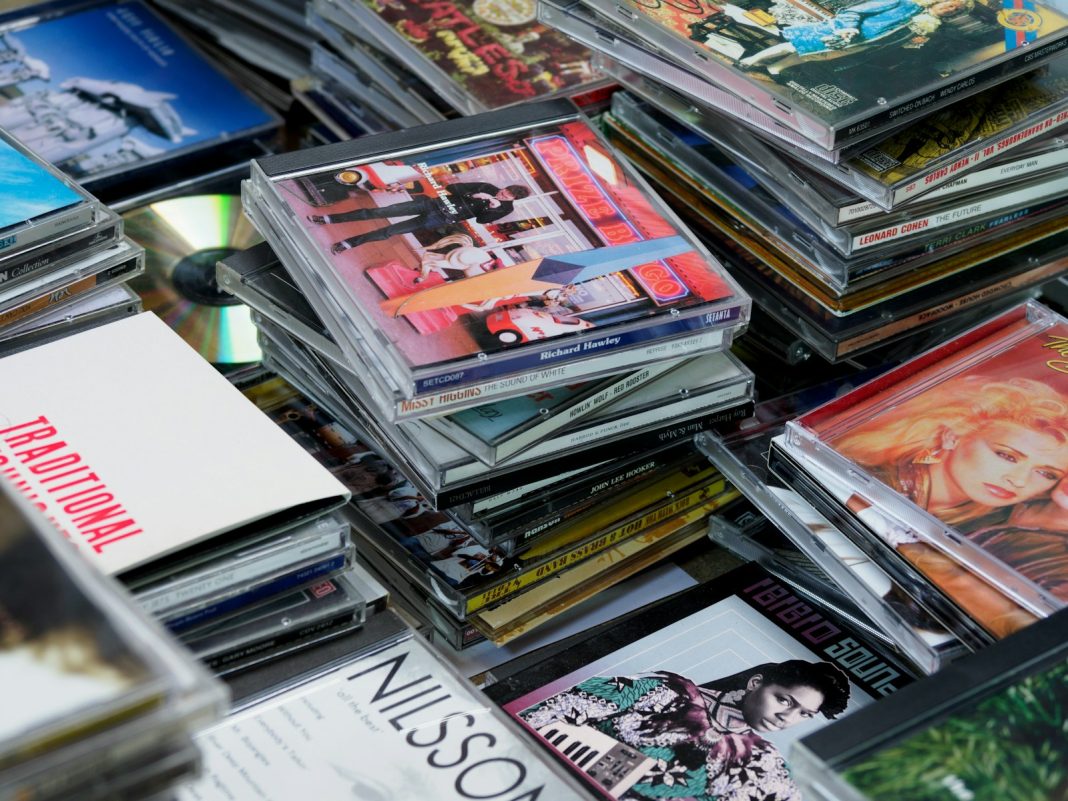Burning CDs might seem like a relic of the past, but it remains a useful skill in certain scenarios. Whether for sharing music, storing important data, or creating backups, CD burning can be indispensable. Despite the decline in the prevalence of CD drives in modern PCs, the process of burning CDs in Windows 11 remains straightforward, provided you have the necessary equipment. This guide will walk you through the steps to burn both data and music CDs using CDBurnerXP, a reliable and user-friendly application.
Preparation: What You Need
Before you begin, ensure you have the following:
- A CD burner (either internal or external).
- Blank CD-R or CD-RW discs.
- CDBurnerXP software, which can be downloaded from the official website.
Burning a Data CD
Burning a data CD allows you to store various file types such as documents, images, and videos. Follow these steps to create a data CD:
Step 1: Download and Install CDBurnerXP
- Visit the CDBurnerXP official website and download the installer.
- Run the installer and follow the on-screen instructions to complete the installation.
- Open the application once installed.
Step 2: Prepare Your CD
- Insert a blank CD-R or CD-RW into your CD burner.
Step 3: Start a Data Disk Project
- In the CDBurnerXP main menu, select ‘Data Disc’ and click ‘OK’.
- Click the ‘Add’ button to open the Windows File Explorer.
- Navigate to the files you want to burn, select them, and click ‘Open’. Repeat this process until all desired files are added.
Step 4: Monitor Disc Capacity
- Pay attention to the green fill indicator at the bottom of the CDBurnerXP window, which shows how much space is left on the CD.
Step 5: Burn Your CD
- Once all files are added and you have ensured they fit within the CD’s capacity, click the ‘Burn’ icon.
- Follow the on-screen instructions to complete the burning process.
Burning a Music CD
Creating a music CD is just as straightforward and allows you to compile your favourite tracks for playback on traditional CD players. Here’s how to do it:
Step 1: Download and Install CDBurnerXP
- If not already installed, download and install CDBurnerXP from the official website.
- Open the application once installed.
Step 2: Prepare Your CD
- Insert a blank CD-R or CD-RW into your CD burner.
Step 3: Start an Audio Disc Project
- In the CDBurnerXP main menu, select ‘Audio Disc’ and click ‘OK’.
- Click the ‘Add’ button to open the Windows File Explorer.
- Navigate to your music files, select them, and click ‘Open’. Repeat this process until all desired tracks are added.
Step 4: Monitor Disc Capacity
- Keep an eye on the green fill indicator at the bottom of the window to ensure you do not exceed the CD’s capacity.
Step 5: Burn Your CD
- Once all tracks are added and fit within the CD’s capacity, click the ‘Burn’ icon.
- Follow the on-screen instructions to complete the burning process.
Reflecting on CD Technology
CDs have been a staple in data storage and music sharing for decades. From their introduction in the 1980s, CDs revolutionised how we store and distribute information. Despite the rise of digital storage solutions such as USB drives and cloud services, CDs still hold a unique charm and utility, particularly for archival purposes and in scenarios where digital methods are impractical.
The future of CD technology remains uncertain. As digital storage continues to evolve, CDs might see further decline in everyday use. However, they could experience a resurgence if new storage technologies leverage the optical medium in innovative ways. For now, understanding how to burn a CD is a useful skill that bridges the gap between old and new technologies, ensuring that valuable data and cherished memories can be preserved in a tangible format.
Burning CDs in Windows 11 using CDBurnerXP is a simple yet effective way to manage data and music storage. With the right equipment and software, anyone can create CDs for various purposes. As technology advances, the methods of data storage will continue to evolve, but the ability to burn a CD remains a valuable skill. Whether you are archiving important files or creating a personal music collection, the process remains accessible and straightforward.


